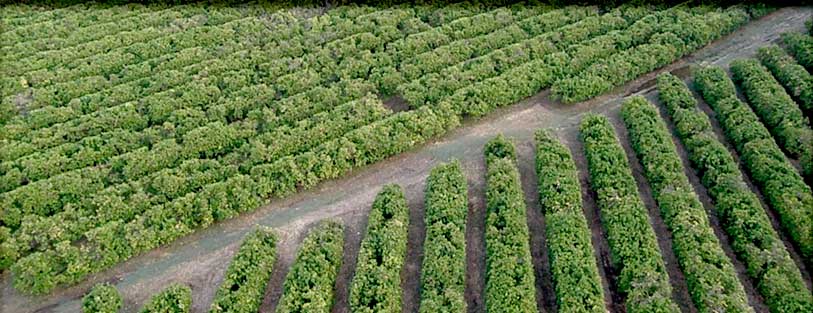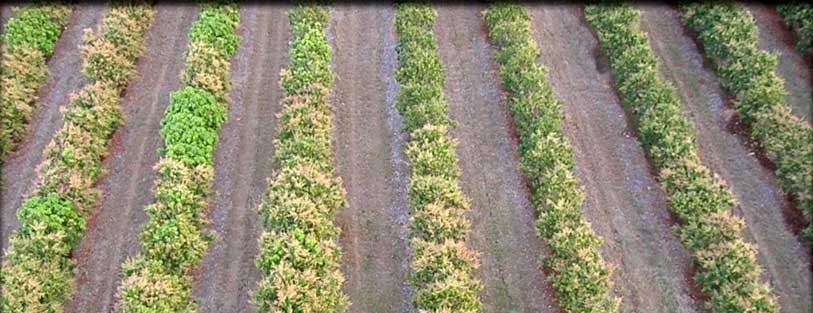HACCP Training is vitally important for all involved in their company’s food safety management system. HACCP is nothing new, having been around since the 1960’s and 1970’s in the USA but remains valid today. It is the core of all the more modern and more advanced food safety management systems. Consequently if it is not well understood it affects the whole system and its potential success or failure.
Some companies will ask for a HACCP certificate within a specified time frame. They do not realise it is a process the company needs to go through themselves. It will never really be successful if it is imposed from the outside or rushed into place. The team and wider staff need to own the system to make it work best.
In South Africa we have a National Standard SANS 10330 which outlines all the steps of HACCP as well as the documentation a business requires. This is an auditable standard offered by a number of certification bodies and often the first food safety certification achieved by a food business.
Types of Hazards
![]()
HACCP training starts with what the four types of hazards are. Identifying the correct type and number of hazards is vital for a successful system. Delegates will learn about physical, chemical, microbiological and allergenic hazards. They need to be able to identify these hazards (or potential hazards) within their workplace. For the micro-organisms this can be difficult and specialist skills may be required.
HACCP and Codex
![]()
The Codex Alimentarius or “Food Code” was established by FAO and the World Health Organization in 1963 to develop harmonised international food standards, which protect consumer health and promote fair practices in food trade. One reads of many references to Codex, not only in food safety, and it is a tremendous resource as all information is publicly available and free of charge.
Implementing a HACCP system is a 12 step process. The first 5 steps are relatively easy. Step 6 or the first Codex principle is where the work really starts. During HACCP Training the delegates learn how to take each hazard and assign a control measure to it. For team members on the management level they will need to look at each hazard in relation to its risk.
Drawing up this hazard spreadsheet in reality can take weeks or months to do it thoroughly. Thereafter the Codex Decision Tree needs to be used to determine what the Critical Control Points (CCP’s) are. How these decisions are made is important, and in the future auditors might ask team members how they came to certain decisions, so the methodology needs to be kept on file. The training continues with the remainder of the Codex Principles, documentation and benefits of HACCP systems.
Training Options
![]()
For Supervisors or Beginners a simpler course is required. For this level, they will not work with a risk matrix nor the decision tree but be taught what the CCP’s are and why they are so important. Their learning outcomes are very different to those required for a newly appointed team leader. This is why so many questions need to be asked as to what delegates / companies want to achieve from the training before any courses are booked.



